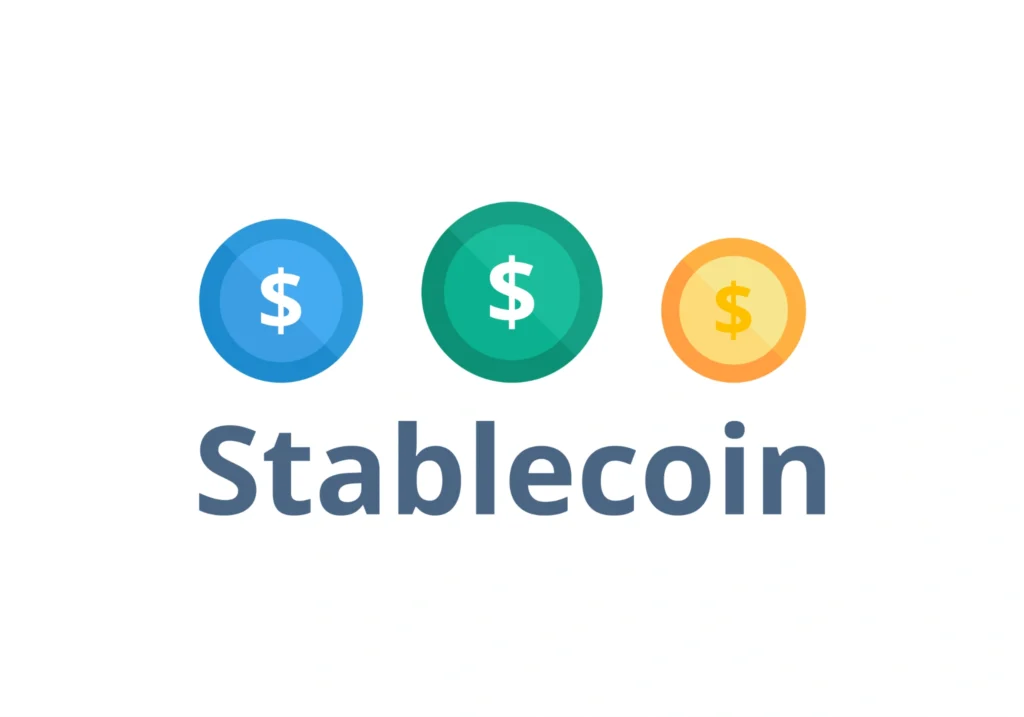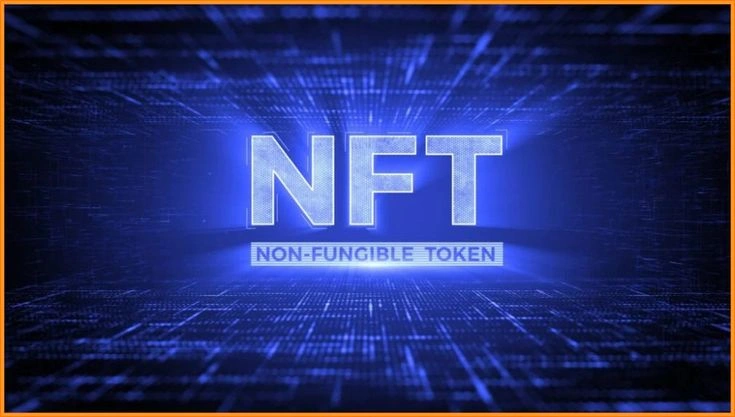Web3 spending behavior: In the traditional financial world, money is straightforward- you earn a paycheck, spend what you need, and (hopefully) save the rest. But with the rise of Web3—a decentralized, blockchain-powered space—the concept of spending and saving has evolved dramatically.
Crypto wallets, NFTs, staking rewards, airdrops, and DAOs have introduced a new kind of financial reality. Today, individuals are no longer dealing exclusively in fiat currency—they’re managing digital assets with fluctuating values and experimental utility. This shift is giving rise to a new phenomenon: Web3 spending behavior.
Let’s break it down.
Web3 spending behavior: What is Web3 Spending Behavior?


Web3 spending behavior refers to the way individuals manage, spend, and interact with their finances in a decentralized digital economy. Unlike traditional finance—where your earnings come in a single form (usually fiat currency)—Web3 offers a broad spectrum of assets:
- Cryptocurrencies (e.g., ETH, SOL, or project-specific tokens)
- Stablecoins (e.g., USDC or DAI)
- Non-Fungible Tokens (NFTs)
- Staked or yield-generating assets
- Governance tokens with voting or access rights
How individuals treat these assets varies significantly. Some treat tokens as cash equivalents, quickly spending or converting them. Others view them as long-term assets—staking, holding, or leveraging them for future gains. These differences create two broad financial mindsets within Web3.
Two Types of Web3 Earners: Paycheck vs. Asset Mindset
1. Paycheck-to-Paycheck in Web3


Many freelancers, gig workers, and creators earn through bounties, royalties, and one-off tasks. Their income is irregular, often received in volatile tokens. Key challenges they face include:
- Token price swings that reduce purchasing power
- High gas or transaction fees
- Unreliable or delayed payments from DAOs/projects
- Difficulty converting tokens into usable cash
This creates a paycheck-to-paycheck scenario—where financial uncertainty persists despite being in an innovative space.
2. Asset-Based Flexibility
On the other end, experienced Web3 users build sustainable financial strategies by:
- Staking assets for passive income
- Holding NFTs with real-world utility
- Engaging in yield farming or DeFi protocols
- Using digital assets as collateral for loans or access
These users treat their wallets like mini-portfolios. They prioritize long-term value creation and use their assets as flexible financial tools.
Factors Influencing Web3 Spending Behavior
Several elements shape how individuals navigate this evolving ecosystem:
| Factor | Impact |
|---|---|
| Experience Level | Newcomers often chase short-term gains; veterans diversify and plan. |
| Risk Tolerance | High-risk users may trade volatile tokens, while others seek stability. |
| Earnings Structure | Stablecoin payments vs. native tokens affect reliability. |
| Knowledge of DeFi Tools | Those with education extract more value through staking, lending, and more. |
| Luck & Timing | Some wealth in Web3 comes from early participation or viral projects. |
The Future of Web3 Spending Behavior


Web3 is unlikely to produce a single, uniform financial model. Instead, the future will likely involve hybrid approaches, such as:
- Receiving income in stablecoins
- Holding a portion of volatile tokens
- Using NFTs for gated access or collateral
- Diversifying across protocols and wallets
As the ecosystem matures, more tools, education, and best practices will emerge—helping users shift from survival to strategy. However, risks and instability remain, making financial literacy more essential than ever in Web3.
Key Takeaways

- Web3 introduces new forms of value—beyond cash, into tokens, NFTs, and decentralized assets.
- Spending behavior is evolving—some live crypto paycheck to paycheck, while others use assets for strategic flexibility.
- The financial future in Web3 is hybrid—requiring both technical understanding and mindful planning.
- Education is critical—to help users maximize value and minimize risk in this new economic landscape.
If you’re involved in Web3, the message is clear: Don’t just focus on earning—focus on building a resilient, flexible financial identity.
Relevant News: HERE






